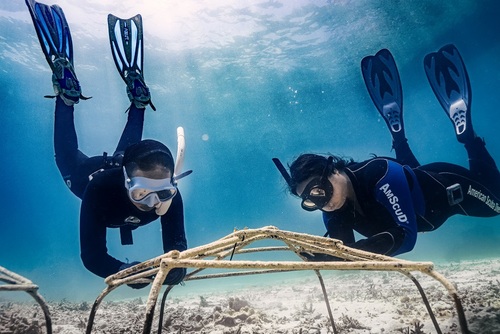Research papers citation is closely related to the essay formatting in general, and the research paper in particular. Following a few simple tips will help you not only to cite the information and avoid plagiarism but to make it appealingly.
1. Choosing the right format
There are different citing formats, which fit different kinds of papers. Bibliography and referencing vary as well. MLA format fits for the works related to humanitarian-related research. APA fits for more precise topics, technical information, or strict data. Harvard and Chicago are used for complex and volume works, which need citation of the sources as footnotes. There is no easier or harder format; you should choose one which fits the task most unless it is set in the first place.
2. Citation as a part of a paragraph
A paragraph consists of a topic sentence and 3-4 argument sentences, which disclose the topic. The last sentence of a paragraph should serve as a smooth transition to the next idea and paragraph. Therefore, the citation should be placed as a part of the argumentation for the topic.
The citation may be direct and indirect. The indirect reference does not require any special treatment except the fact that you note the origin of the thought and cite it properly according to the format. In the case of a direct citation, you should apply the “sandwich” method. The method implies a foreword and afterword around the direct insertion of the text. Therefore, you shall not use direct citation as an opening sentence or a final sentence for the paragraph. You may need a separate block of text to implement the idea, which includes a direct reference.
3. Choose appropriate sources
Research papers vary in formats and aim too. They may overview a specific phenomenon, report about an experiment, or sum up the known facts about a topic at the moment. The sources should have been chosen respectively. Peer-reviewed scientific journals are the primary source for research papers. Books related to the research topic and the scientific field can be cited too.
When you choose to cite a certain source, you should gather as much information about it as possible. For a scientific journal, it is volume, number, the exact date of publication, authors of the cited article, and journal publisher. When you reference a book, you should pay attention to its edition, publisher, city, where the book was published, and, of course, its authors. All this information should be provided respectively to the citation format.
4. Miscellaneous Sources
Research papers may cover the great variety of subjects, so sources are not strictly limited to scientific journals and books. You may use youtube videos, interviews, podcasts, documentary movies, and official reports as sources for your research if they are appropriate.
The variety of formats summed with the diversity of possible sources create a vast field of thinkable mistakes. It is easy to mess up with the formatting or choice of the right source. You may need support to make your research paper right.
The Purdue Owl resource provides full guidance for formats, direct and indirect citations of different sources and examples of research papers.
The most convenient variant for avoiding mistakes in citations and formatting is to delegate the formatting task to someone else. For example, Paper Writer may help you with your research and give competent formatting of the paper. Having a good example in your hands will help you to format the next work.
Also, such a resource as CitationMachine may mechanically assist you. It may structure the bibliography of your research or generate fitting references and footnotes.
5. Approach to citation
Formatting the text and inserting the citations is the mechanical part of making references. You need to understand how to find an appropriate citation, and in what place, in the text, it should be inserted. The citation is closely related to the general work with resources and writing a paper. Therefore, some of the tips work both for referencing and for paper writing.
First of all, you need to determine the topic of the research, which you will disclose. The topic defines your argumentation, which you will support with sources citations.
Second, determine the pool of sources. The topic may be disclosed in many ways. However, you don’t need to scatter your thoughts all over the sources, which have one or two sentences that fit. Instead, define the pool of sources, which will be referenced and work with them.
Third, you should process the sources. It may not be enough just to read the source once. You need to return to separate paragraphs or sub-topics of the reading material to define what fits your topic and what citation may help you to build your argumentation. Mark these sentences or passages. They may be used as direct or indirect citations later in the text.
Finally, making drafts and noting places for citations may help to format your research paper properly. When you work on the first draft, you should not worry about the citations for now. Your primary goal is to deliver the message, disclose your argumentation, and provide the necessary research results. You shall start your writing after you processed the resources. It is natural to use thoughts borrowed from the sources to make your arguments more precise. Mark these places with special notes during the work on the second draft; you will turn these places in proper citations. These sections may require rephrasing or expansion due to the “sandwich” rule of the citation. That is why you should not hurry with inserting references right away.
When you finish with references, you may conclude your research paper with a bibliography and review your work once again to ensure that you did not miss anything.
Do you have any recommendations? Let us know in the comments section below. You might also like to check our this article with important mistakes to avoid when writing your next essay.
























